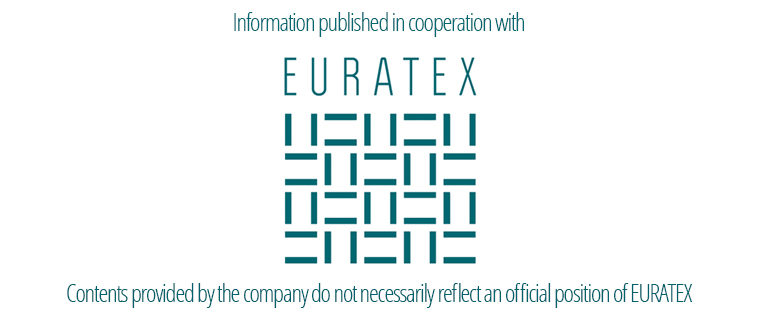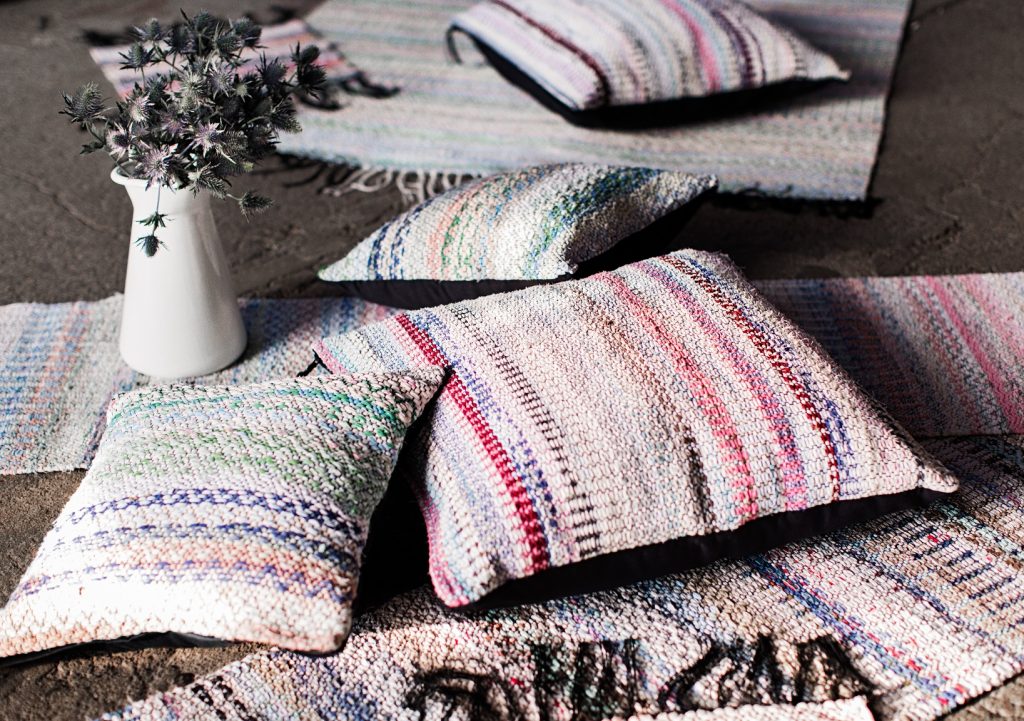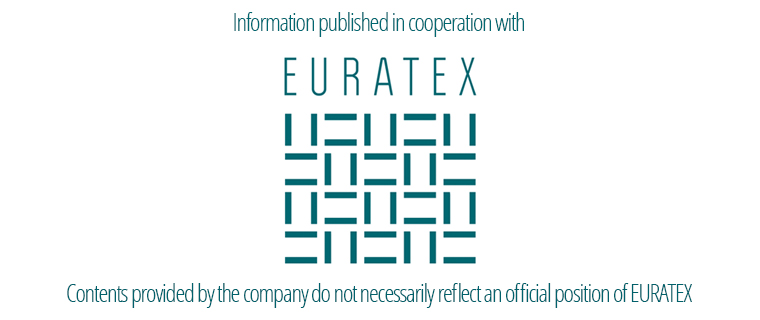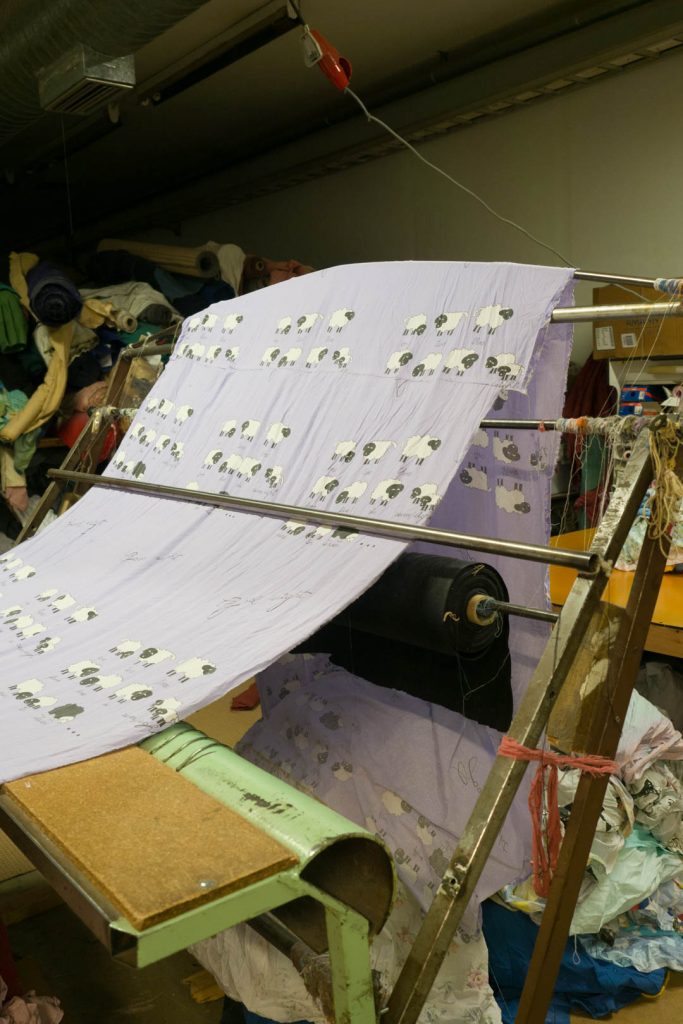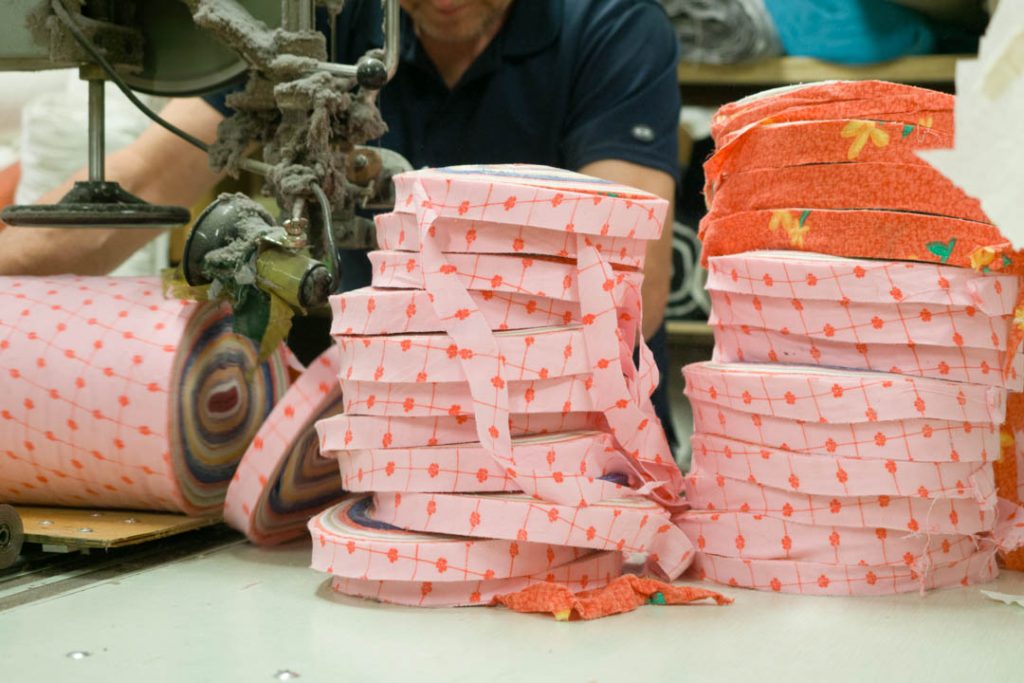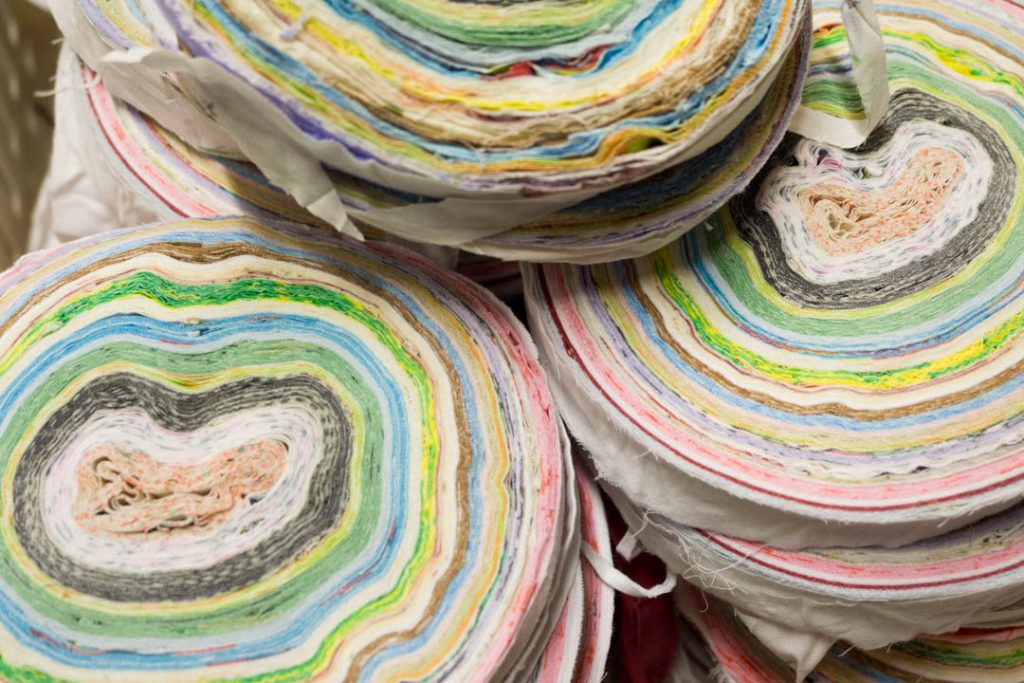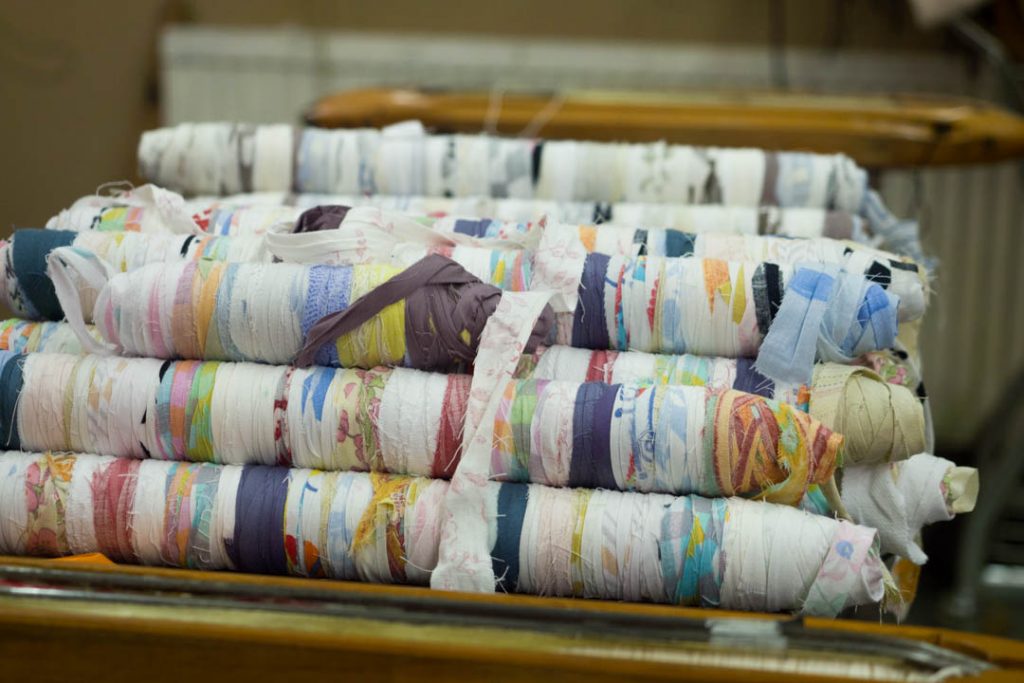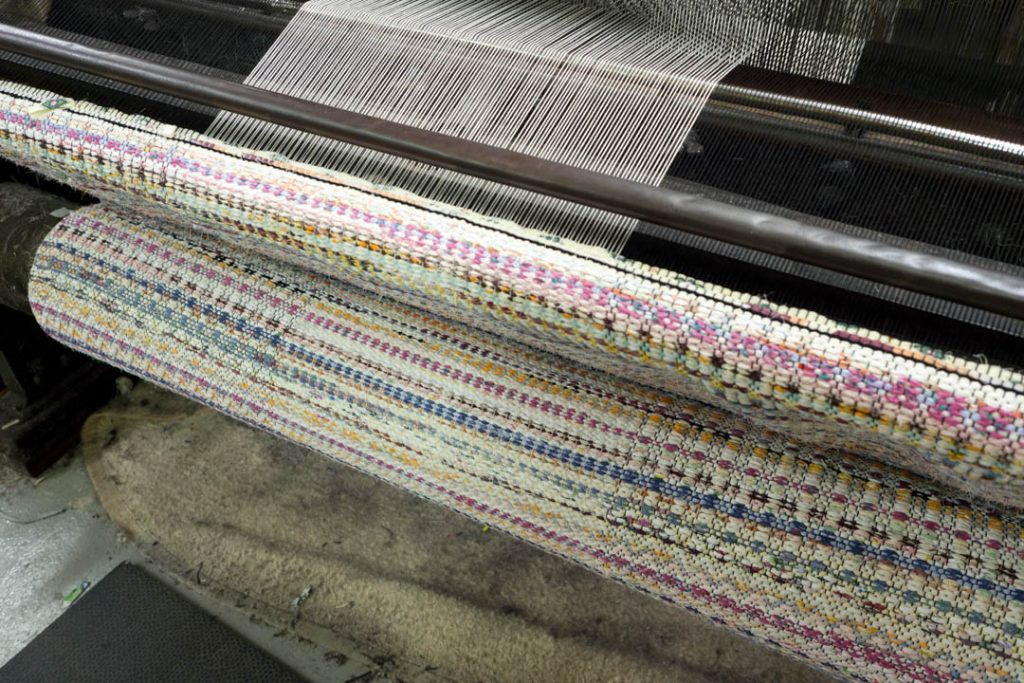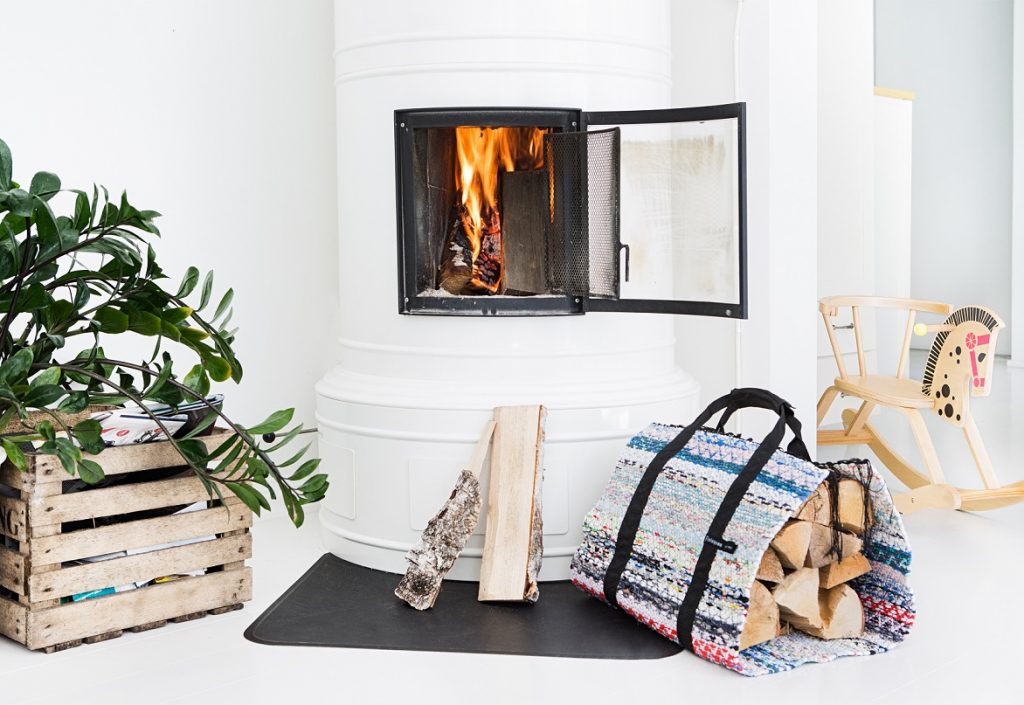Description
Finlayson business model is based on collecting used bed sheets and recycling them into rag rugs. The company began collecting home textiles in its shops, but also brought recycling within reach of customers by using its online store: customers who have chosen to have their purchases sent in RePack recycling packages can return their old sheets to Finlayson in the same package. Finlayson uses the sheets it has collected to manufacture rag rugs. The rag rug pieces are manufactured in Finland in collaboration with VM-Carpet Oy’s subcontractors, Lappajärven värjäämö (washing of the sheets), Viita-ahon Mattokutomo (sewing and cutting wefts) and Ismo Pajuoja (weaving rag rugs). The colours of the rugs are determined by the sheets collected as they are not dyed at any stage.
Added value
- Finlayson estimates that Finns have home textiles worth EUR 250 million folded away in their closets and cabinets which is wasteful to be simply thrown away.
- By raising awareness of the collection and recycling, the company’s campaign in the spring of 2016 led to the company collecting almost 20 tons of old home textiles in a very short period of time.
- The rag products are made in Finland from start to finish creating local employment opportunities; companies acting as partners on the project have also been able to take on more employees.
- Recycled materials use less natural resources than virgin materials. In the case of rag rugs, Finlayson has calculated that the CO2 footprint of a product made form virgin cotton would be twice as high.
Challenges
- Since industrial refinement of used textiles into new products had not been undertaken in Finland before, the manufacturing process had to be designed and created by the company from start to finish.
- Relatively high production costs in Finland.
- Lack of textile to textile recycling companies in Finland. Finlayson would prefer a local partner that can recycle the bed sheets that are not suitable for the rag rug process.
- Lack of clarity in the Finnish waste legislation regarding the collection of textiles in shops and whether a waste handling permit is needed. When is a textile defined as waste and when as material?
Partners
